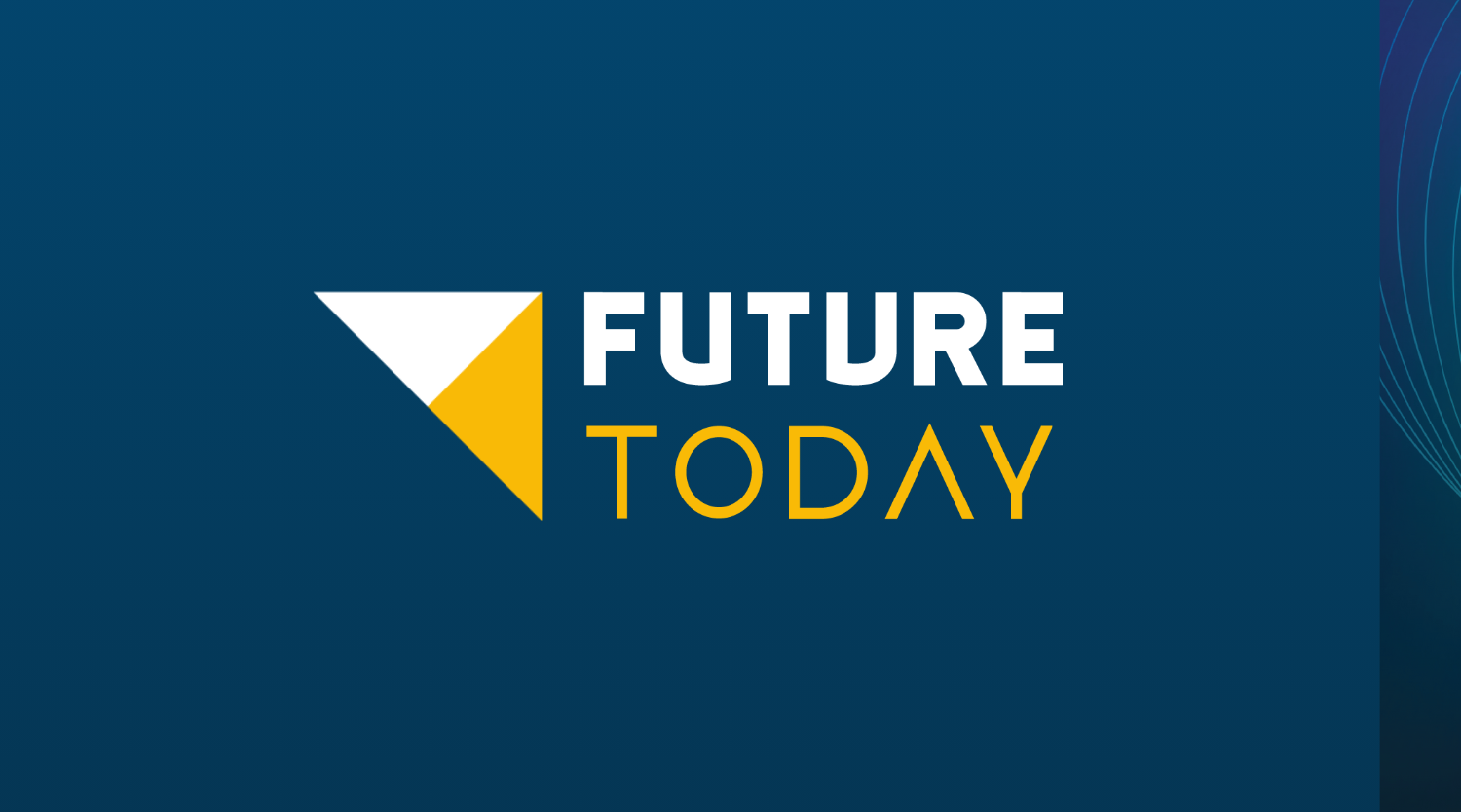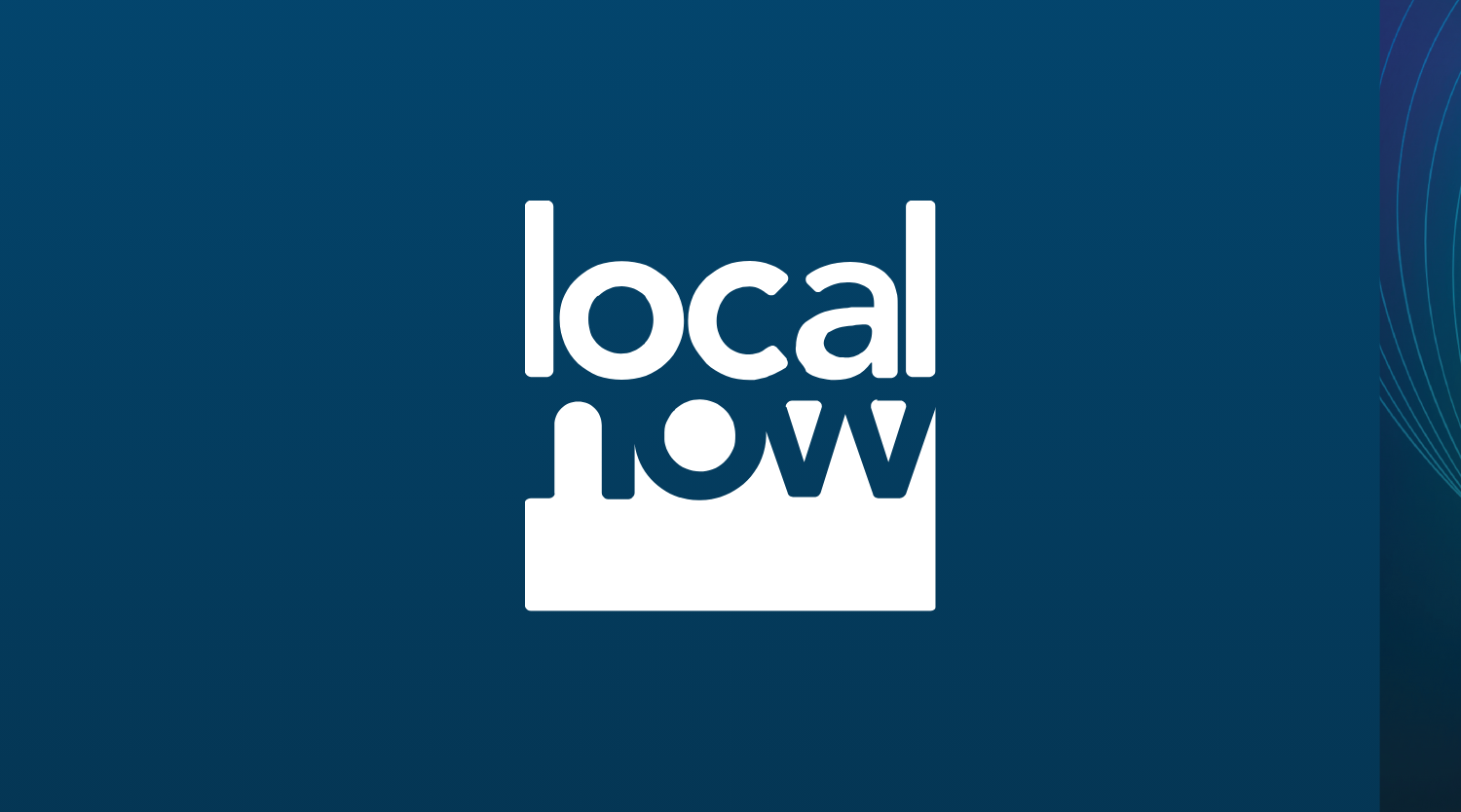The Role of the Consumer
The media landscape has changed – driven by the consumer’s need for real-time, personalised brand communication delivered in the most contextual way – be that time, location or device. We know people are spending more time online – an Ofcom report launched earlier this year found that consumers spend twice as much time ‘logged on’ as they did 10 years ago – and the knock-on effect on publishers has been huge.
To explore this in more detail, at the beginning of September, we hosted the first PubMatic influencer dinner which brought together a group of industry leaders to debate: “What does the new world of publishing look like?”
Last week we looked at the role of the publisher. The consensus at the dinner was that, whoever the publisher is, they face challenges in delivering the experience audiences want, with everyone in agreement that real-time data was the key to realising this objective.
This naturally led to the attendees asking the question “What’s the role of the consumer in today’s digital publishing landscape?”
“Is it about getting the news right, or being the first to start the conversation?”
Technology advancements have – and will continue to – impact the world of publishing. However, one of the most powerful contributing factors in this evolving landscape is the role the consumer plays in today’s digital publishing. This can be broken down into three predominant factors:
Citizen Journalism
An agreed upon worrying trend facing the media today is whether it’s more important to be the first to break the story and start the conversation – even if crucial facts are missing – or wait to have all the verified facts, but risk falling behind the competition. With examples like the death of Michael Jackson and TMZ’s approach to journalism, news stories now unfold based on hearsay and opinion distributed through channels like Twitter and Facebook, thereby diminishing the value of news reporting.
Mobile behaviour
We are a generation that thrives on multi-tasking, consuming media from different devices simultaneously or within seconds of each other. We watch TV, see a brand’s commercial, and immediately visit that brand’s site on our mobile device. This surge in mobile device usage has now reached critical mass, which means the industry has seen a huge shift in advertiser spend to mobile. This foundational change in consumer behaviour is driving new advertiser demand, which in turn has an immediate impact on publishers to accommodate this demand.
Referrals and recommendations
News is now accessible from a vast array of places and publishers are now facing the challenge of capturing a loyal audience. Interestingly enough, in today’s age the news sources considered the most trustworthy are friends and family. All attendees were in agreement on this and the discussion turned to questioning how publishers can become considered the primary trusted news source?
“The importance of the full brand experience”
To harness audience loyalty, publishers need to consider the complete brand experience for users. What this means is having a thorough understanding of the user journey from start to finish – after all, they are only one-click away from going elsewhere and possibly never returning.
Currently, some publishers are overwhelming the user with not only too many advertisements that are disrupting the user experience, but ads that just are not relevant to that particular user. To ensure business objectives are met by not only reaching a large audience, but the right audience, publishers need to consider what their brand is and use that cater to the audience who are visiting their site for a particular reason. If they are a fashion magazine, with fashion enthusiastic users, an advertisement for a power tool will not have the desired effect on the audience – risking loss of audience, loss of loyalty and loss of business.





